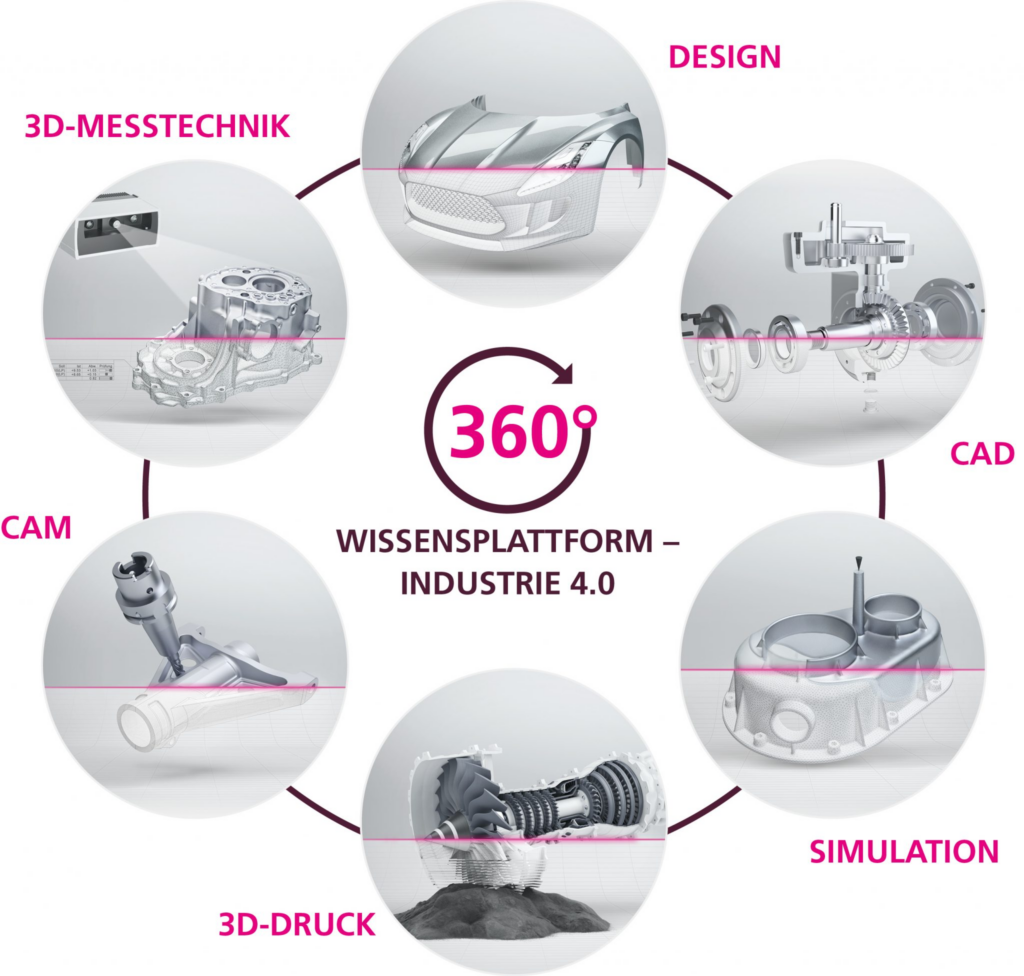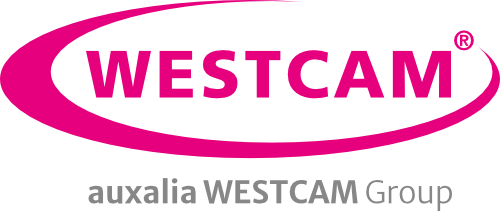Digital process chain – 360-degree technology training | Workflow
Learning content
360-degree training for technicians with a future
The WESTCAM training concept “Digital Process Chain” focuses on a holistic and cross-divisional knowledge approach:

The WESTCAM online training programs
WESTCAM offers programs for advanced and beginners!
I.) “Digital process chain – from the idea to the finished product”
Target group: Technicians in the process areas of design/construction (CAD), simulation, production (CAM, CNC machines), additive manufacturing (3D printing, rapid prototyping) and quality assurance (3D-Metrology)
- Module 1: Design & Construction (CAD)
- Module 2: Simulation (focus: injection molding)
- Module 3: Manufacturing – subtractive (CAM)
- Module 4: Additive manufacturing (3D printing)
- Module 5: Quality assurance (3D-Metrology)
II.) “Digital manufacturing technology for beginners”
Target group: Production and manufacturing employees
- Module 1: Construction basics
- Module 2: Basics of CNC and CAM programming (milling, turning, wire EDM)
- Module 3: Basics of 3D printing & rapid prototyping
- Module 4: Fundamentals of quality assurance
Included services:
- 160 teaching units (TU) over 8 weeks with 20 teaching units per week
- Minimum number of participants
- 360-degree knowledge transfer by experienced and certified WESTCAM trainers
- Highest practical relevance of the course content: “From the practice – for the practice”
- All licenses for the trained software solutions
- Training documents and exercise data in digital form
- Telephone support from the WESTCAM Academy team
We meet in the “virtual classroom”!
Monday – Thursday
Group A
8:30 to 11:30 a.m.: Online live training (4 units)
Afternoon: Self-study (1 unit)
Group B
Mornings: Self-study (1 unit)
1:30 to 4:30 p.m.: Online live training (4 units)
The aim is to expand the knowledge of your employees in the areas of design, production and quality assurance through the certified WESTCAM trainers. Above all, the aim is to sharpen their awareness of the requirements of different departments and their understanding of the interaction between individual areas. This new understanding will subsequently contribute to a better understanding and optimization of the company’s internal processes.

